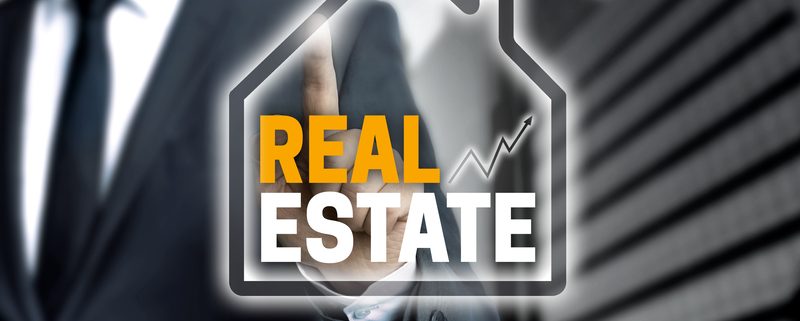What NOT To Expect from a Self-Directed Real Estate IRA
The process of opening a “Self-Directed Real Estate IRA” might sound complicated, but it’s actually very simple: it means an investor opens a Self-Directed IRA and makes real estate investments within it. Voila. After that, investors can choose to put real estate assets like single family rental units or multi-family apartment buildings but can’t use property they benefit from personally. On one hand, there is additional freedom with a Self-Directed IRA, which means you can invest in a wide variety of assets, including real estate. On the other hand, the mere act of retirement investing means that you can’t access your assets immediately—not without the possibility of penalties.
Given that there is so much misinformation out there about Self-Directed Real Estate IRAs, we decided to clear the air. Here’s what you can expect from them—and what not to expect as well.
What Not to Expect from a Self-Directed Real Estate IRA: A Place to Park Your Personal Assets
This is potentially the most important aspect of the Self-Directed Real Estate IRA to understand because it will help you avoid making investments you never should have made in the first place. In a Self-Directed Real Estate IRA, you can’t keep personal investments like homes for yourself or for “disqualified persons,” or people close to you, such as spouses, children, or business partners.
For example, you wouldn’t be able to keep a real estate asset such as a rental home in the Self-Directed IRA and rent it either to yourself or to your daughter. This would mean that you’re receiving a personal benefit from the investment, which makes it a personal investment and not a tax-protected investment. This means penalties.
What Not to Expect from a Self-Directed Real Estate IRA: Automatic Returns
It’s true that a Self-Directed IRA means you’ll have tax benefits on the investments in your portfolio. It’s true that real estate has a long history of providing income for investors. But putting the two together is no guarantee of future returns. In fact, many investors find that this is an investment like any other—an investment requiring research, know-how, and due diligence.
While the tax benefits you receive in keeping the real estate within a Self-Directed IRA are important, and can improve your margin of overall gain, it doesn’t mean that you’re guaranteed protection against loss. All investments—valid ones, anyway—have some risk involved. You’ll have to be able to tolerate this risk if you want to build a retirement portfolio.
What Not to Expect from a Self-Directed Real Estate IRA: A Financial Advisor
If you’re thinking about signing up with a Self-Directed IRA administration firm and expecting a financial advisor, here is one key distinction you’ll have to make. A custodian on the account like a Self-Directed IRA administration firm will help you with paperwork and other administration, but it won’t tell you where to put your money. When you have a Self-Directed IRA, you’re in charge of your own money. If you have a financial advisor working with you separately, that’s one way to get the advice you might be seeking. But you likely won’t get it from the custodian on the account, who acts separately.
This is important, because it means that you’re structuring your retirement portfolio the right way. And it means you know the rules of retirement investing, which is especially important when you’re taking the reins. Interested in learning more about Self-Directed IRAs? Contact American IRA, LLC at 866-7500-IRA (472) for a free consultation. Download our free guides or visit us online at www.AmericanIRA.com.







